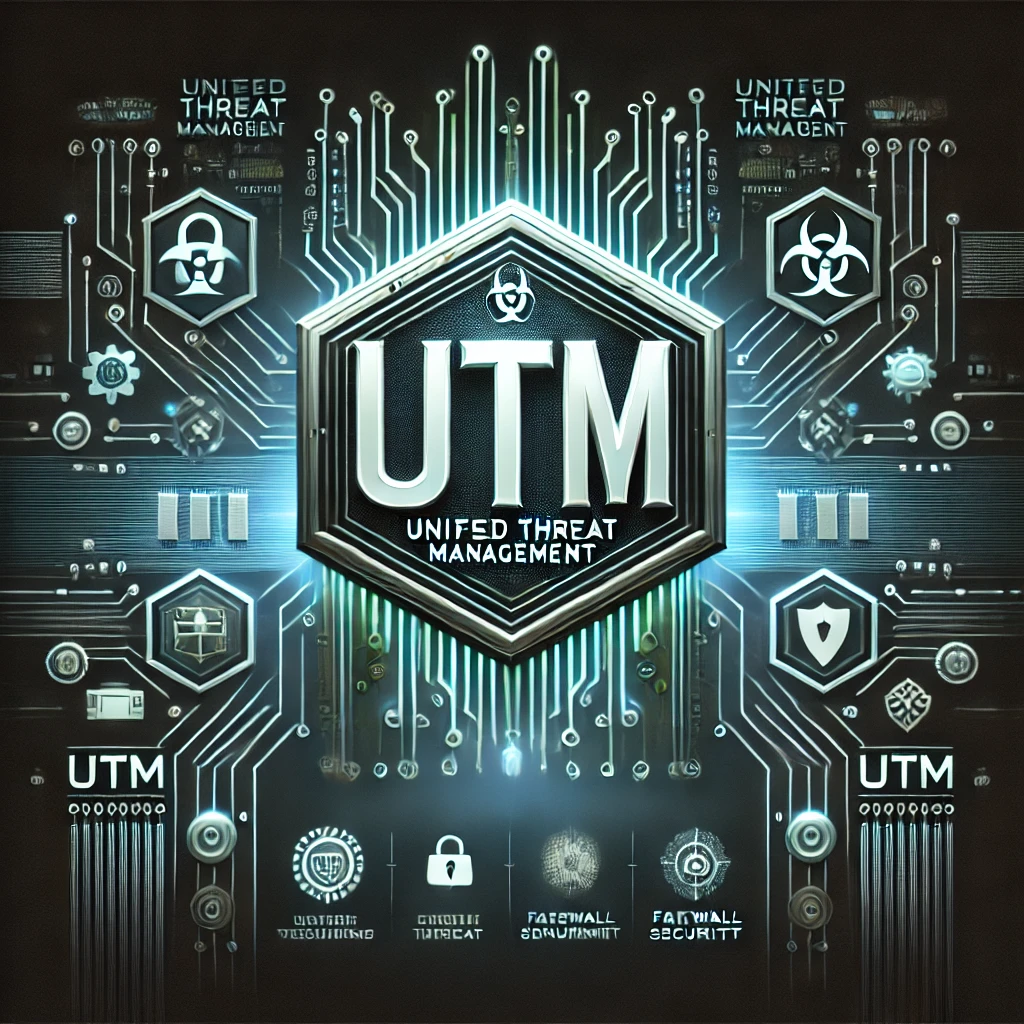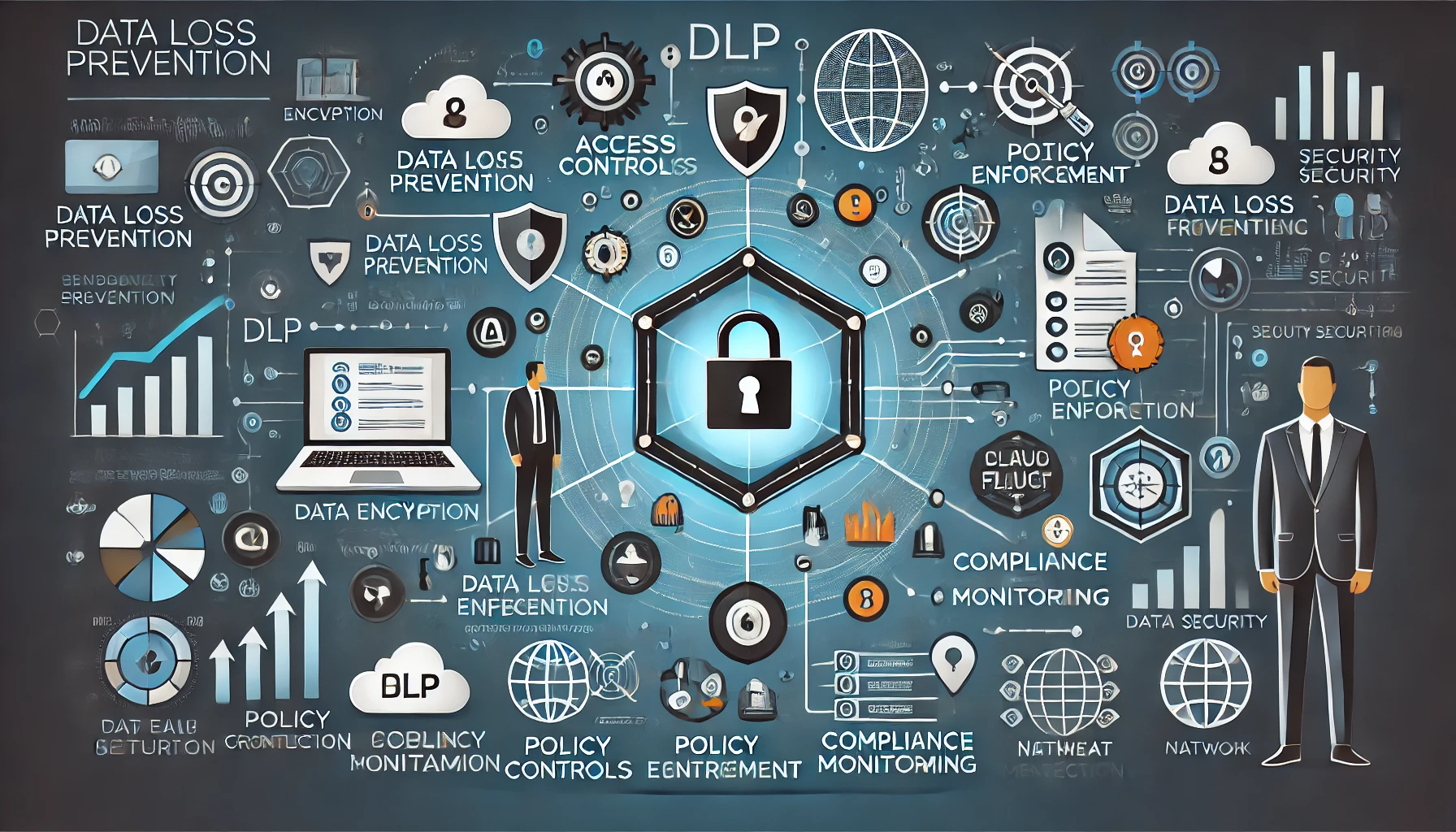Deception technology involves deploying decoys and traps within the network to mislead attackers, detect intrusions early, and gather intelligence on malicious activities. Challenges Benefits Deception technology involves deploying decoys and traps within the network to mislead attackers, detect intrusions early, and gather intelligence on malicious activities.
Read MoreCategory: Cybersecurity Definitions
Cloud Access Security Brokers (CASB)
CASBs act as intermediaries between users and cloud service providers, enforcing security policies and providing visibility into cloud application usage. Challenges Benefits CASBs help organizations secure their cloud environments by providing control and visibility over data and applications used in the cloud.
Read MoreUnified Threat Management (UTM)
UTM appliances consolidate multiple security functions, such as firewall, intrusion detection, and content filtering, into a single platform for simplified management. Challenges Benefits UTM solutions offer a consolidated approach to security, making it easier for organizations to manage and enforce comprehensive protection measures.
Read MoreMobile Device Management (MDM)
MDM solutions enable organizations to secure, monitor, and manage mobile devices accessing corporate resources, ensuring compliance with security policies. Challenges Benefits MDM solutions help organizations maintain control over mobile devices, securing data and applications accessed through these endpoints.
Read MoreNetwork Behavior Anomaly Detection (NBAD)
NBAD systems monitor network traffic to establish a baseline of normal behavior and detect anomalies that may indicate security incidents. Challenges Benefits NBAD enhances network security by identifying unusual patterns that could signify malicious activities, allowing for prompt investigation and response.
Read MoreEndpoint Protection Platforms (EPP)
EPP solutions provide comprehensive security for endpoint devices, integrating antivirus, anti-malware, and firewall capabilities to protect against a range of threats. Challenges Benefits EPP solutions deliver holistic protection for endpoint devices, ensuring they are secured against various cyber threats through integrated security measures.
Read MoreVulnerability Management Systems
Vulnerability Management Systems identify, assess, and prioritize vulnerabilities in software and hardware, facilitating timely remediation to prevent exploitation. Challenges Benefits Vulnerability Management Systems enable organizations to systematically manage and mitigate security weaknesses before they can be exploited.
Read MoreAntivirus and Antimalware Software
Antivirus and antimalware software detect, prevent, and remove malicious software from systems, protecting against a wide range of threats such as viruses, worms, and ransomware. Challenges Benefits Antivirus and antimalware solutions are essential for defending systems against a variety of malicious software threats.
Read MoreData Loss Prevention (DLP)
Data Loss Prevention (DLP) technologies monitor and control the transfer of sensitive data to prevent unauthorized disclosure, whether intentional or accidental. Challenges Benefits DLP solutions safeguard critical data by monitoring and controlling its movement across organizational boundaries
Read MoreIntrusion Prevention Systems (IPS)
Intrusion Prevention Systems (IPS) monitor network traffic in real-time to detect and prevent identified threats by taking immediate action, such as blocking malicious traffic. Challenges Benefits IPS provides proactive defense mechanisms to identify and stop potential threats before they can inflict damage on organizational networks.
Read More








